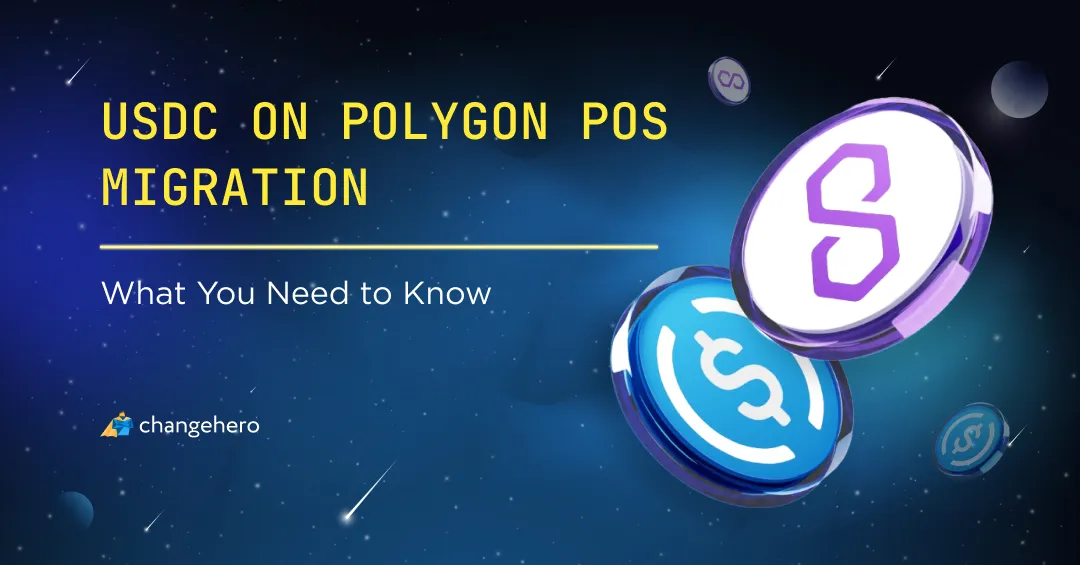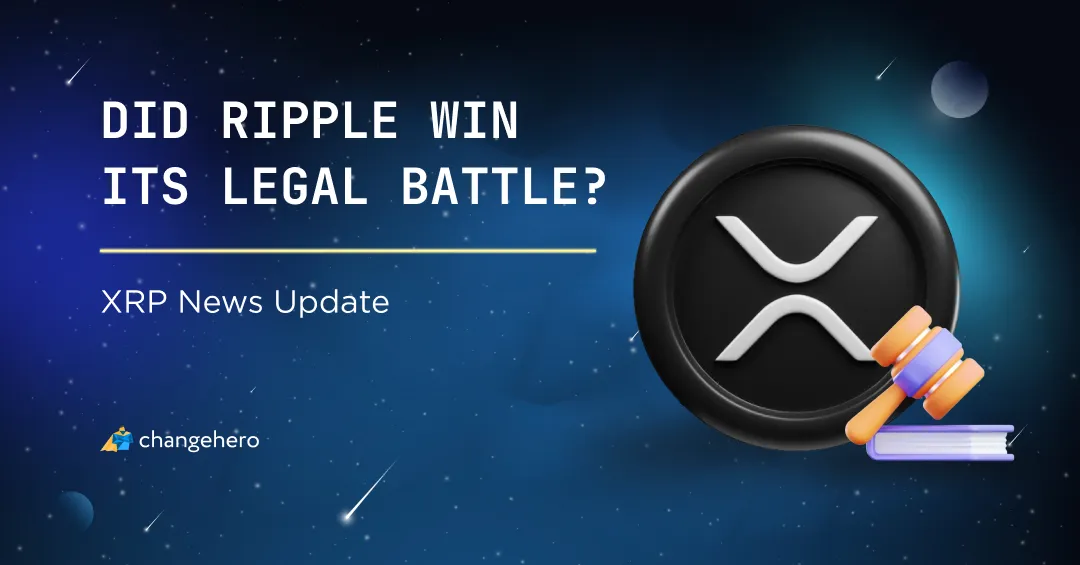Over the past 24 hours, the entire crypto market lost 11% of its total capitalization, and the overwhelming majority of cryptocurrencies are bleeding out. The main culprits of the new wave of FUD are Binance’s Changpeng “CZ” Zhao and the second-largest crypto exchange FTX. The former announced a buyout of the latter in a move that some crypto influencers are already calling more important than Mt.Gox and the Terra crash. There is a lot to unpack, so we are here to round up the recent FTX news.
The Background
Let us start from the very beginning. Crypto derivatives exchange FTX was founded by Sam “SBF” Bankman-Fried and his team in 2019, and until late in that year, remained relatively small. By that time Binance was already a major player in the crypto space, and in December 2019, the two secured a strategic partnership. As a part of it, Binance would acquire a stake in FTX, denominated in the FTT token.
Fast forward to 2021: the two exchanges have grown to become competitors. FTX initiated a severance of the partnership and bought back Binance’s stake. CZ disclosed they received $2.1 billion in BUSD and FTT. One of the reasons for the separation SBF cited is the regulatory issues that Binance was facing at the time. He wanted to operate FTX according to U.S. laws and even engaged in lobbying — influencing policy-making through representatives within reasonably lawful limits.
And now, to the present time. On November 7, 2022, CZ made several tweets announcing the liquidation of their FTT holdings, citing “recent revelations” and lobbying “against other industry players behind their backs”. But from here on, things get even more complicated.
Enter Alameda Research
Aside from FTX, SBF had another business to run: the trading company Alameda Research. He established it in 2017, and since then Alameda has grown to become one of the largest “whales” of crypto.
The relationship between Alameda and FTX has always been officially independent. The only connection between the companies — which proved to be a critical one — was FTT on Alameda’s balance sheet (per CoinDesk). Ginormous positions of $3.66 billion “unlocked FTT” and $2.16B “FTT collateral” made up the major part of the balance sheet CoinDesk reviewed. “Locked FTT” were also on the list of liabilities.
The scoop exacerbated the rumors surrounding Alameda and FTX, speculating that either one or both are secretly insolvent. Adding up assets and liabilities alone showed that Alameda could have issues with repaying their debts, and a large share of those being in FTT certainly did not help.
Another asset on the list of Alameda’s holdings was Solana and several Solana tokens. At the moment, SOL is down 33.6% in the past 24 hours, and it’s reasonable to suggest the news accelerated the decline.
The Fallout
So what led to the crash that we observed and caused FTX to accept Binance’s deal? Let’s untangle the chain of events:
- CoinDesk uncovers the Alameda balance sheet. The scoop fuels speculation that Alameda is insolvent;
- CZ acts on the news by announcing a sale of up to $2 billion worth of FTT, which will inevitably bring the token’s price down;
- Cue bank run. FTT is being dumped on the market without buyers coming in;
- Alameda’s balance in FTT is shrinking without any relief in sight. FTX reserves are in no better position. Rumors of a bailout from FTX to Alameda emerge;
- FTX is facing a liquidity crunch as users rush in to withdraw: withdrawing unavailable, exorbitant fees. The amount that has to leave the exchange gradually builds up to $1 billion;
- In less than 48 hours, FTX accepts a non-binding letter of intent from Binance to acquire the exchange and cover the liquidity for an undisclosed amount after a due diligence process.
What Next?

There are a few questions on people’s minds: is the crash over? Will the deal go through? Isn’t Binance getting a little too powerful?
Little by little, we are getting the answers to these questions. The deal between FTX and Binance at the moment is non-binding, meaning CZ can walk out any minute. If it falls through, it may be game over for both FTX and Alameda. If it doesn’t, the regulatory scrutiny around CZ may tighten even further, as the merger is not exactly flawless according to the anti-monopoly laws.
Update from November, 10: just a day later, Binance announced cancellation of the deal citing the results of corporate due diligence.
More and more crypto companies and DeFi protocols with exposure to Alameda come forward with their statements. Among the entities that suffered from the FTT plunge are some of the largest crypto investors, such as Sequoia, Paradigm, Multicoin Capital, and Galaxy Digital. Most likely, the aftermath will be echoing through the crypto market for a while.
Luckily, this case prompted centralized exchanges to make steps toward transparency. CZ himself suggested that market players should adopt Merkle Tree-powered Proof-of-Reserves, an on-chain mechanism to provide data on balances and solvency. OKX and Chainlink voiced their support, and Kraken reminded the community they have already been employing it since February 2022.
For more live crypto news, subscribe to ChangeHero on social media: Twitter, Facebook, Reddit, and Telegram.








